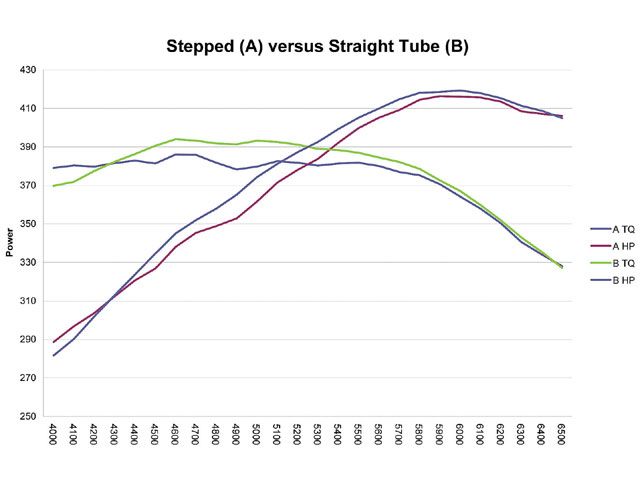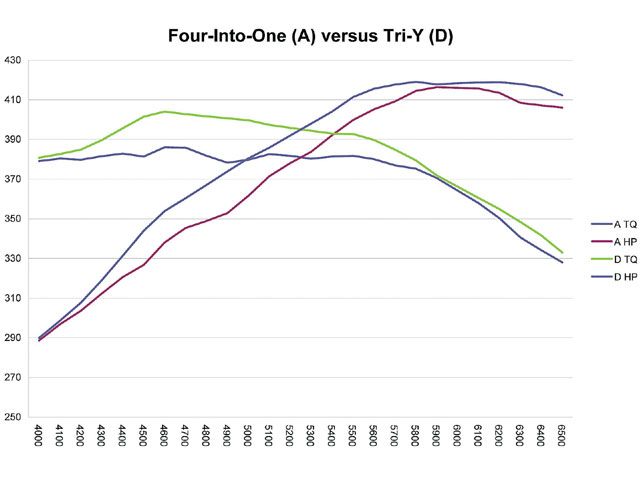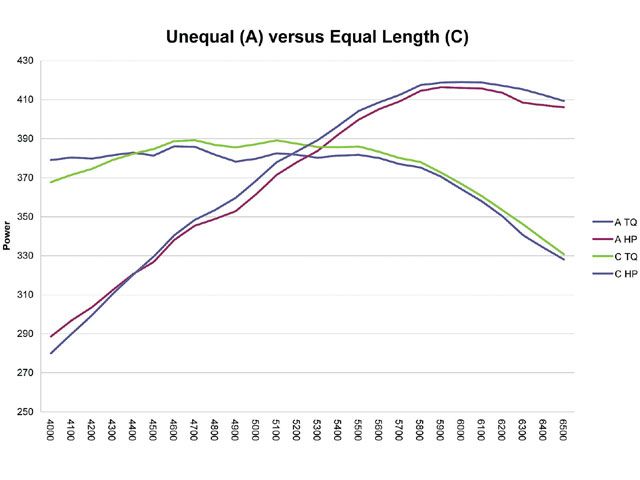http://www.circletrack.com/enginetech/c ... index.html



http://www.jbaheaders.com/dyno.asp
http://www.revsearch.com/dynamometer/to ... power.html
http://www.highperformancepontiac.com/t ... index.html
viewtopic.php?f=56&t=8401&p=29318&hilit=clogged#p29318
http://www.streetlegaltv.com/forum/kook ... l-904.html
http://www.strokerengine.com/SBCDynoTest.html
http://www.fourwheeler.com/techarticles ... index.html
http://www.moparmusclemagazine.com/tech ... index.html



http://www.jbaheaders.com/dyno.asp
http://www.revsearch.com/dynamometer/to ... power.html
http://www.highperformancepontiac.com/t ... index.html
viewtopic.php?f=56&t=8401&p=29318&hilit=clogged#p29318
http://www.streetlegaltv.com/forum/kook ... l-904.html
http://www.strokerengine.com/SBCDynoTest.html
http://www.fourwheeler.com/techarticles ... index.html
http://www.moparmusclemagazine.com/tech ... index.html



